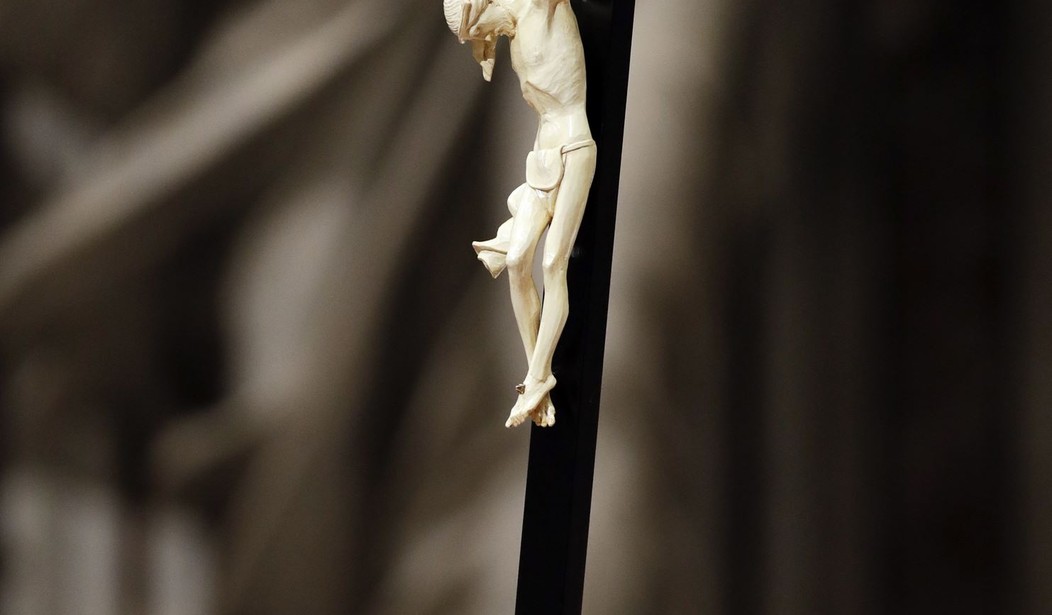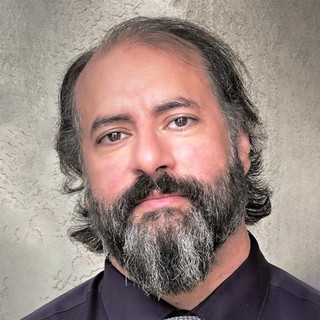By a quirk of fate, I spent the day before Halloween researching for and writing this article—on exorcism. (I trust that the timing was, as they say, “coincidental”). Sophia Institute Press, the publishers of the just-released book, Diary of an American Exorcist, had asked me to review it; being no expert in but naturally finding such a topic fascinating, I agreed, and also ended up briefly interviewing its author, Stephen J. Rossetti, a Catholic priest and licensed psychologist.
You might be happy to know that carving a jack-o-lantern or taking your kids trick-or-treating are, overall, safe occupations, according to Rossetti. Still, the day itself sees much by way of diabolical activity—not least as it has come to venerate Evil and its denizens; and some, added the priest, inadvertently open themselves up to more than just some “festive fun.”
In fact, the source of virtually all demonization—the most literal translation of the word used in the New Testament—is some sort of occult activity that is generally seen as harmless but which inadvertently opens a doorway to evil. Paganism, which is making a comeback—and which Rossetti vociferously called “stupid” and needlessly regressive—is one of the most common such “portals.” Witches are real, and some of his toughest cases have revolved around lifting a witch’s curse off someone.
Putting this day’s spooky significance aside, the book is eye-opening and should challenge the beliefs of even the most skeptical. For starters, it is probably the first book available to the public that was specifically written for exorcists—a day-to-day guide on what they can expect, based on Rossetti’s own experiences, which began fourteen years ago when his bishop called on him to use his clinical expertise to assess whether a victim was truly being demonized or whether they were suffering from a mental disorder. From then till now, it has been an ongoing ride for this American priest, who said he conducts about 20 different exorcism sessions every week.
On the motive of demons—“Don’t they know they’re doomed; what’s their point?” I asked rhetorically—he said, “Imagine a narcissistic psychopath; that’s how they behave.” Logic has nothing to do with it. He shared how during one exorcism, a demon—that is to say, a markedly different voice emanating from the person being exorcised—confessed that it regretted disobeying God and that it was suffering, but on being asked if it could go back in time and not rebel, would it do so—it ferociously shrieked “Never!”
Ascertaining the name of a demon, as often seen in movies, is indeed very important and one of the ways to gain control over it. In this regard, Rossetti says he even had a brush with the Archfiend himself. During the toughest case he ever had, he finally got an answer to “What is your name?”—Satan. Rossetti was not surprised; during his sessions with the young, female victim, he felt both an aura of incredible evil, but also, he said, of “incredible brilliance,” apparently the sort one can expect from the Morning Star—or Lucifer. When it finally came out—the exorcism sessions lasted for one-and-a-half years—it did so with a horrendous and spine-tingling hiss, “just like in the movies,” added Rossetti.
Demons are apparently also tech savvy (which might not be so surprising when one thinks of “big tech”). They actually troll and text people, said Rossetti—including by luridly “describing their torments and tortures of others as ‘fun.’”
Such are but a sampling of what one can expect from Msgr. Stephen Rossetti’s diary—that is, the Diary of an American Exorcist.










Join the conversation as a VIP Member